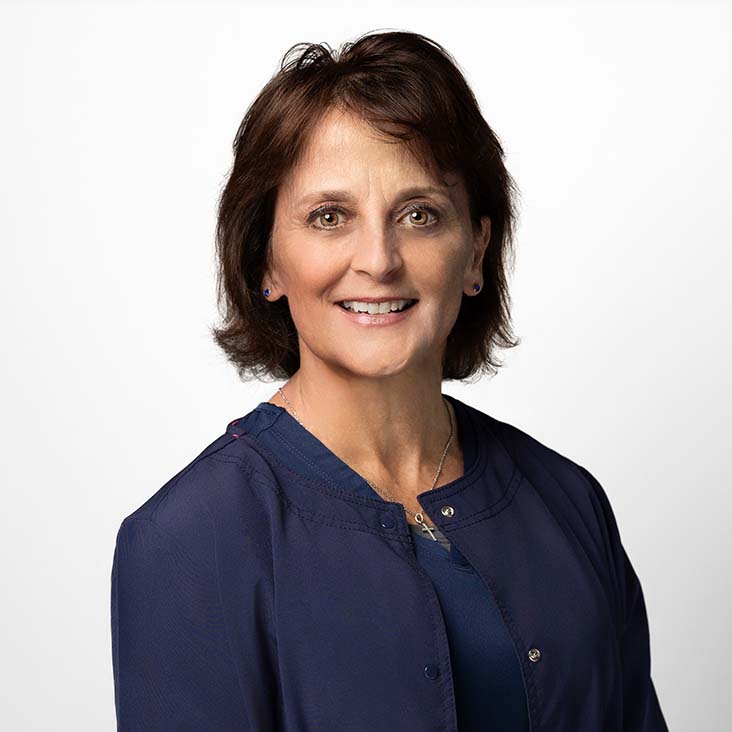
Acupuncture is the practice of inserting ultra-thin needles into targeted points on the body. Using these needles, we can improve blood flow and circulation and aid your body's natural healing processes. Acupuncture is proven to help reduce pain, relieve stress, and improve your overall well-being.
At Montgomery Chiropractic, our acupuncturist will work with you to find the root cause of your pain and put you on the path toward healing.
Hi, I’m Robin Boles.
You deserve to get what your body needs to heal.
Throughout my career, I have seen first-hand the incredible difference it has in my patients’ lives. From helping patients gain feeling back in their toes to relieving stress and anxiety, acupuncture can help put you on a pathway to healing.

Acupuncture, a traditional Eastern therapy, involves inserting thin needles into specific points to balance the body's Qi and activate its natural healing abilities. Dating back thousands of years, acupuncture is widely recognized in both scientific and public spheres as a critical aspect of traditional Chinese medicine used to relieve various ailments and promote overall health.
In Eastern medicine, acupuncture aims to restore homeostasis, the body's natural balance of physiological functions and organ activity. By ensuring the smooth flow of Qi, or vital energy, through meridian channels, acupuncture regulates the body's systems, including circulation, heart function, respiration, immunity, and digestion.
Smooth Qi flow facilitates optimal cellular and organ functioning, leading to overall harmony and well-being. This balance improves sleep, mood, lung function, oxygen intake, tissue oxygenation, and blood circulation, contributing to better health and wellness overall.
Acupuncture research has revealed its mechanisms of action through various studies, including functional magnetic resonance imaging (fMRI). These studies demonstrate that acupuncture induces changes in the brain, particularly in the limbic and para-limbic networks, correlating with neurological effects. Acupuncture prompts a profound hemodynamic response influenced by psychophysical reactions.
Furthermore, acupuncture enhances nervous system function, improving nerve conduction and communication. This stimulation of the nervous system triggers neurotransmitter actions and the release of endorphins and other opioids. Serotonin release, for instance, contributes to feelings of relaxation and sustained well-being in patients for hours after treatment.
Additionally, studies highlight acupuncture's efficacy in relieving myofascial pain by targeting muscular trigger points and inducing anti-inflammatory effects.
Overall, the research underscores acupuncture's ability to modulate brain activity, enhance nervous system function, and promote the release of endogenous opioids and neurotransmitters, contributing to pain relief and well-being.
Before your acupuncture appointment, we recommend eating at least 2-3 hours prior. During your initial visit, we'll discuss your situation in detail, asking questions that might seem unrelated but are relevant to our diagnostic approach. This may involve examining your tongue and feeling your pulse to develop a tailored treatment plan, which can take up to an hour and a half, depending on the complexity.
Staying hydrated is crucial; aim to drink half your body weight in ounces of water daily and have a glass or two before and after your appointment. Wear loose, comfortable clothing for easy access to acupuncture points, and prioritize rest while avoiding excessive alcohol, drugs, and caffeine before and after treatment.
Bring any questions you have to ensure you're comfortable and informed about the process and outcomes. Pay attention to how you feel afterward and note any changes.
To expedite recovery, we encourage you to continue your healing journey at home with practices like herbal supplements, qigong, nutrition, posture adjustments, or prescribed exercises.